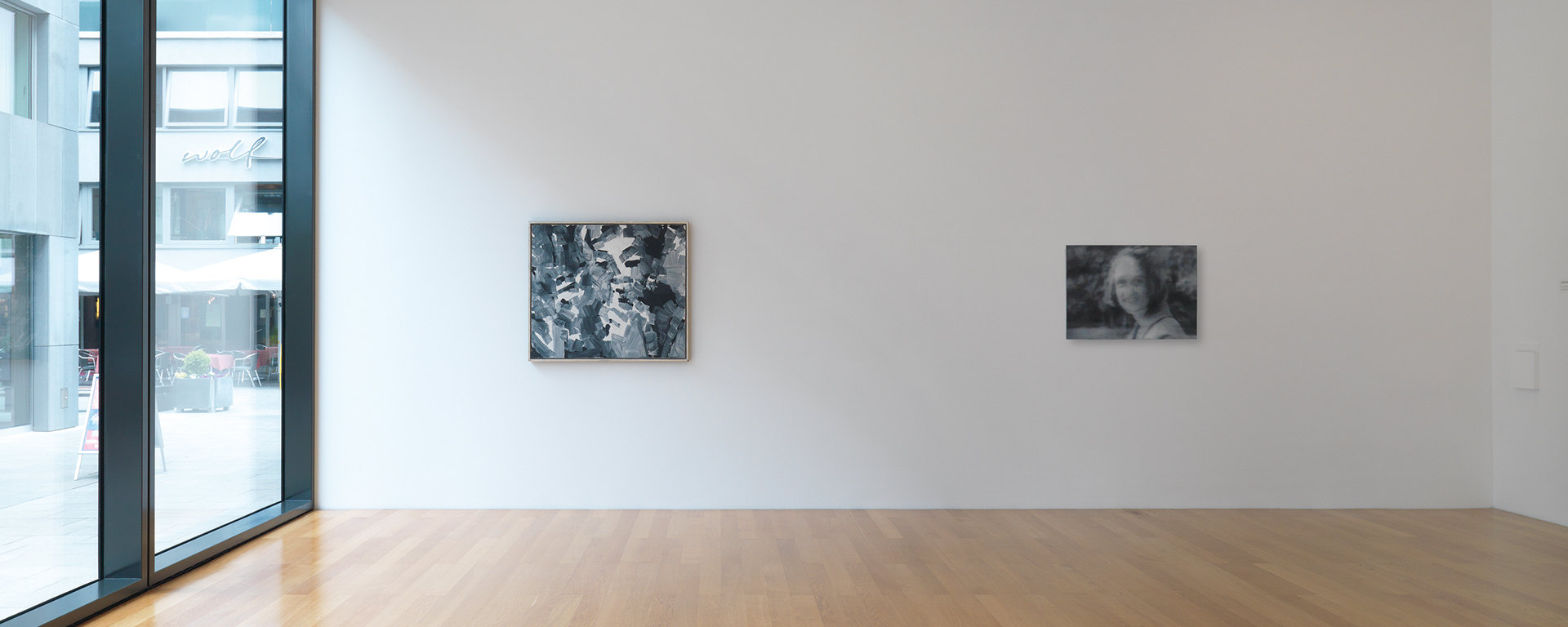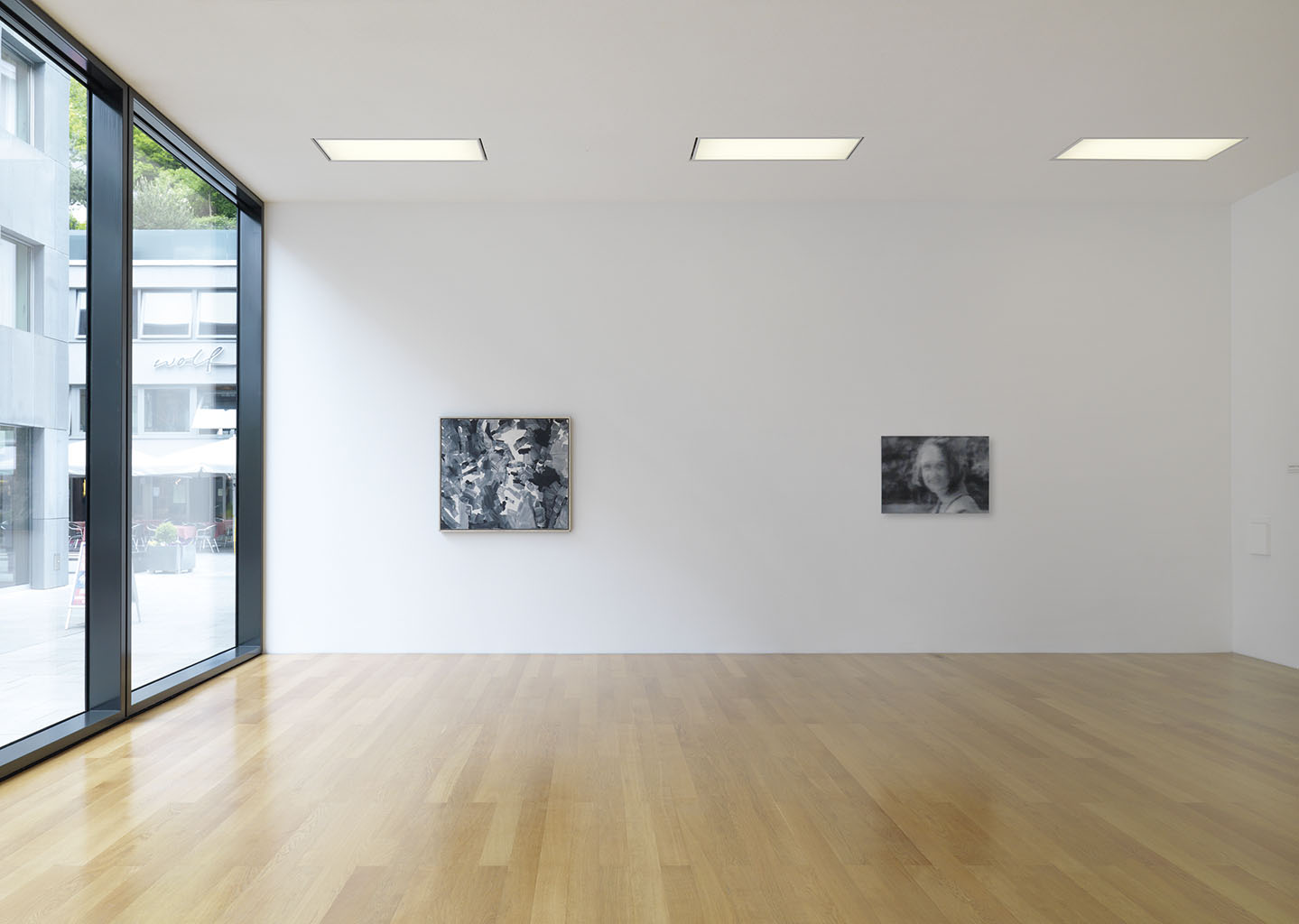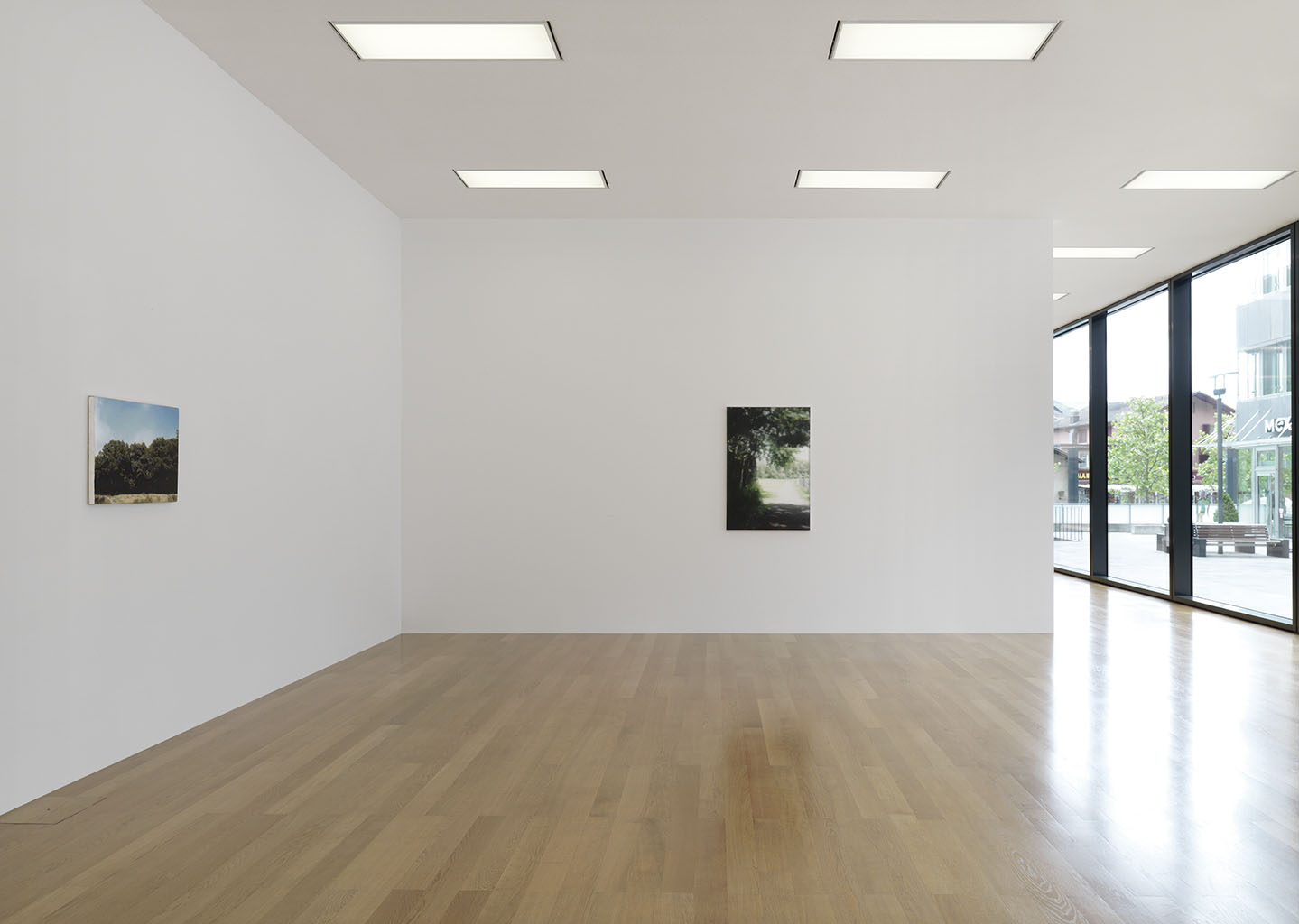École de Barbizon described a group of French landscape painters, who lived and worked in the French village of Barbizon in Île-de-France. The achievements of the artist colony, which existed from around 1830 to 1870, had a decisive influence on landscape painting in Europe. The school is considered to be a forerunner of Impressionism and continues to be known today through the names of its famous representatives such as Gustave Courbet, Jean-Baptiste-Camille Corot or Jean-François Millet.
What united the artists of the École de Barbizon and those of Impressionism was the search for truth in nature. Both movements represented a departure from the classical and idealistic landscape compositions that had set the style until then. Furthermore, work in the studio was increasingly replaced by painting en plein air – out in the open. As what the artists shared was not so much the pursuit of a certain goal but rather the abandonment of academic classicism you find within the groups totally different techniques and styles: from Corot's light, fine brushstroke through to the thick impasto application of color found in Jules Dupré.
Symbolism first became known to a wider public at the Exposition Universelle in Paris of 1889. From here it spread through the whole of Europe. Unlike the artists of Impressionism and the École de Barbizon, the Symbolists drew on depictions of nature as metaphors for an encoded conception of the world – true to the statement from the Symbolist manifesto by Jean Moréau, 1886: "It is a fundamental characteristic of Symbolist art to never attempt to define an idea in clear terms". In a move away from Courbet's realism and his representatives the objective was to find an artwork's emotional depth. The world and its phenomena were seen as symbols of a deeper reality. Art was to function as a mediator between these levels. The Symbolists addressed the motifs of classical mythology or the Bible, not to mention topics such as dreams, ecstasy, illness, death, sin and passion. Swiss artist Arnold Böcklin, who features prominently in this exhibition is one of the movement's famous representatives. Symbolism has parallels to Art Nouveau and is considered to be a connecting link between Impressionism which preceded it and the subsequent art movement, Expressionism.
Special attention is devoted in this presentation to the contemporary painting of Gerhard Richter. Born in 1932 in Dresden, Richter is one of the most influential artists of his time. His work has developed continually over four decades and is characterized by a diversity of artistic methods and motifs. The early gray works painted from photographs were followed in the late 1960s by meticulous explorations of the impact of color. Underlying his radical approach of repeatedly reinventing painting is Richter's desire, "to form an impression of this world".


